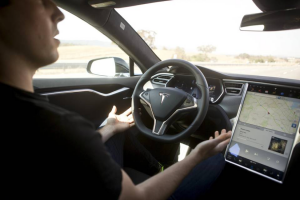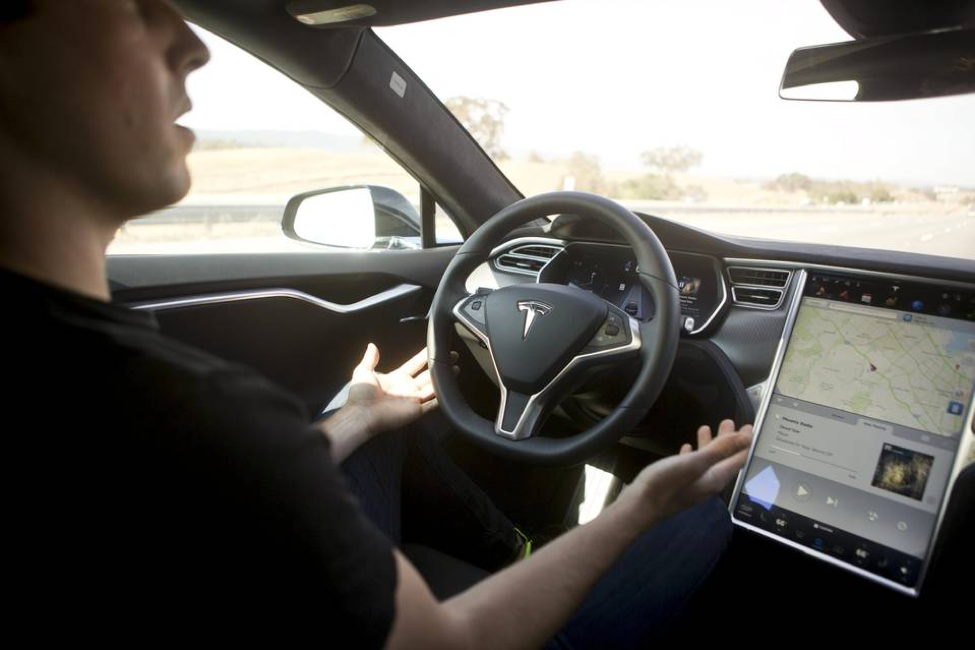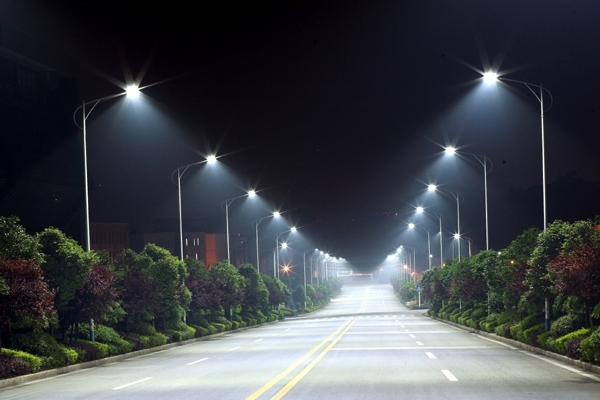The newest Tesla autonomous car doesn’t just let people drive hands-free. It’s intelligent, and capable of learning behaviors of both the operator and environment in order to make better driving decisions. While many high-end automakers are creating technology that allows cars to drive themselves, Tesla’s technology is bound to leave them in the dust. Tesla’s plan is to lower overall vehicle maintenance cost and lower collisions in conclusion lowering collision repair cost making it more affordable for the average American to own an electric vehicle.

The Tesla Cars Use Machine Learning
Tesla is utilizing a variety of high-tech systems, like mapping data, connectivity, and machine learning, to make their autopilot system cutting-edge. In a way, the technology that Tesla uses is an awful lot like what Google does. It’s called machine learning, and it involves using an algorithm to analyze data, and then making accurate predictions based on the information. Google learns from user behavior, and generates more accurate results over time. For instance, a person who enjoys refinishing furniture, and routinely runs searches for woodworking materials and how-to articles, will likely get information on how to build or refinish furniture if he looks up “wood furniture.” Another person might see listings for stores that sell wood furniture. Facebook does the same thing when it chooses what to put in your feed based on who you interact most with and which posts you like or comment. This is what the Tesla tech does, but on a much grander scale.
It’s the Ultimate Artificially Intelligent Car
Machine learning is a form of artificial intelligence, and many companies are harnessing the technology. However, Tesla’s cars don’t just learn from the experiences of one vehicle. They’re all connected, and they will become smarter as more vehicles take to the streets. The autonomous Google car, which has been spoken about quite a lot, has been programmed to pause for a moment before leaving a red light. By doing so, it avoids collisions with those who try to slip into the intersection as the light is changing. While the Tesla car has a similar algorithm that detects common driving situations like this, it could learn other nuances of driving, like whether another driver is taking a curve too fast and is likely to drift.
There’s a Huge Difference in How Tesla Collects Data
The technology that most companies use begins with feeding loads of data to a computer. Then, the computer analyzes it to make sense of it all, and forms calculations and predictive models. Once a vehicle has that, automakers will begin to add in other features. For instance, mysterious Apple cars are believed to be out mapping streets, so that the company can include that data in their vehicles too. (Apple says that their cars were just updating Apple Map.) Google’s autonomous vehicles have been doing the same thing. On the other hand, Tesla included under-car sensors, a radar system, and front-facing camera on their newest vehicles. The data that’s being collected from real people driving Tesla cars under everyday driving conditions is already being uploaded to Tesla’s computers, and is making their autopilot system smarter right now. The maps that the company is generating are 100-times more precise than any other type of mapping system out there, according to Tesla CEO Elon Musk. He also adds that self-driving car tech is new, and there will be huge developments over the next decade.
Artificial Intelligence May Create Safer Vehicles
Between the incredibly precise maps, artificial intelligence, and connectivity, the Tesla autopilot system is being designed in a manner that nobody else is working on yet. It’s hard to tell exactly what this will lead to, but because information learned by one car will transfer to them all, the entire fleet will amass data swiftly. This could mean that all Tesla cars will know when there’s a pothole on a specific street, or become familiar with problematic intersections where people run red lights and stop signs. They may learn to anticipate cyclists on specific stretches of road, or detect the differences between how people drive in Phoenix versus Seattle when it rains. Not only could these vehicles be safer than human drivers on the road, they could be safer than any other autonomous model out there.
The 7.0 software has already been released, according to Tesla. Their ability to instantaneously update software on all their vehicles helps ensure they stay a step ahead of the competition. Moreover, the company is continuing to develop, and those using the autopilot system will continue to receive new features, without having to worry about upgrades and trade-ins.





